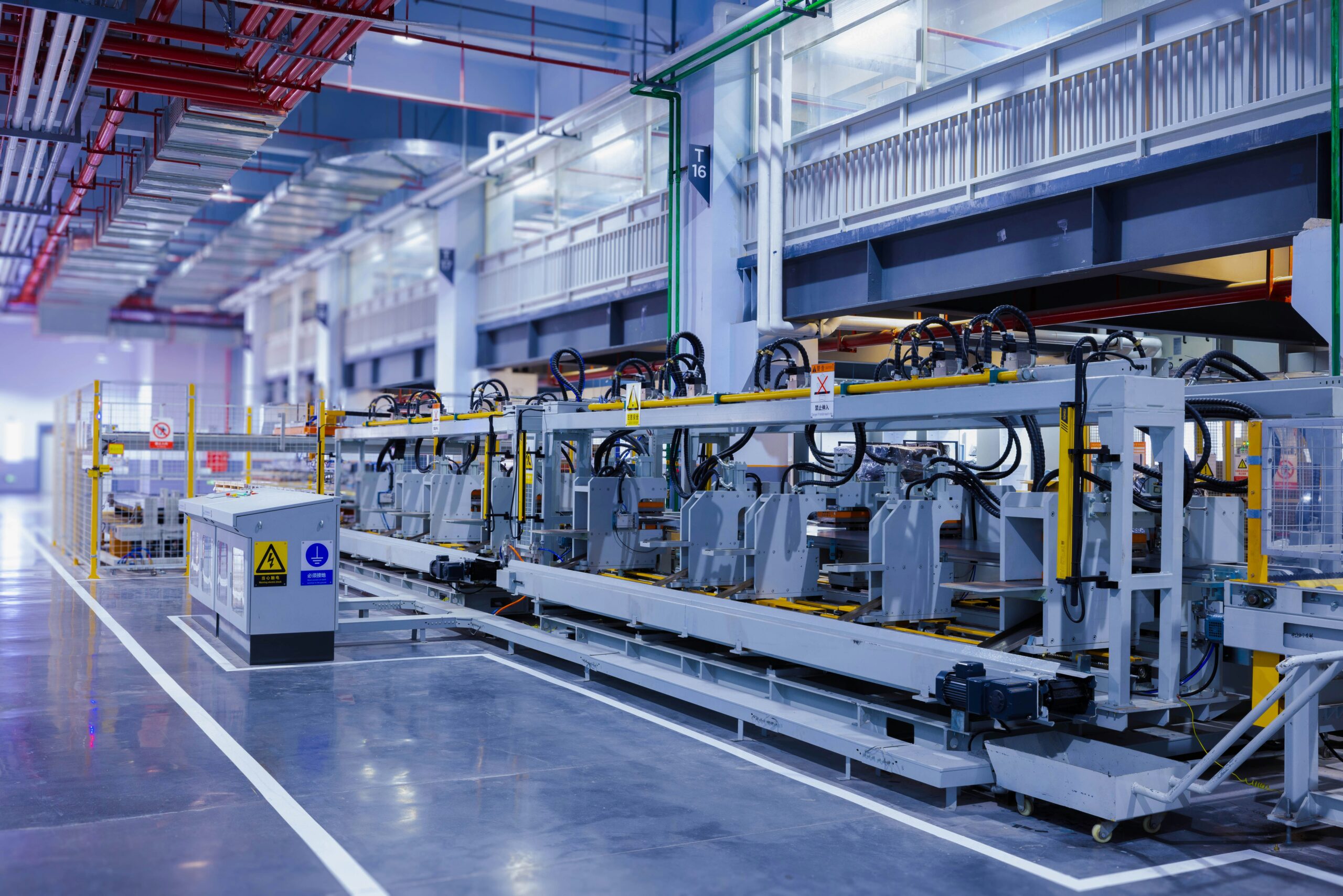Introduction: The world of automation has evolved significantly in recent years, with two powerful technologies—Autonomous Mobile Robots (AMRs) and Automated Guided Vehicles (AGVs)—leading the way in improving logistics, material handling, and operational efficiency. These technologies are commonly used in industries like warehousing, manufacturing, and distribution. However, while their purpose is similar, they operate in fundamentally different ways. In this blog, we’ll explore the key differences between AMRs and AGVs to help you understand which might be the best fit for your business.
What is an AGV?
Automated Guided Vehicles (AGVs) are robotic systems that follow fixed, predefined paths to move materials from one location to another. These vehicles are often used in highly structured environments with repetitive tasks, like moving parts along an assembly line or transferring goods in a warehouse with a fixed layout. AGVs rely on a range of navigation systems such as magnetic strips, optical tags, or embedded rails to guide them along their pre-programmed routes.
Real-World Example: AGVs are commonly used in automotive manufacturing plants, where they transport heavy car parts from one station to another along an assembly line. They are also used in warehouses with static layouts to move goods between storage areas and shipping docks.
What is an AMR?
Autonomous Mobile Robots (AMRs), on the other hand, are more flexible and dynamic. Unlike AGVs, AMRs use sophisticated sensors, such as LiDAR (Light Detection and Ranging), cameras, and artificial intelligence (AI) to navigate and adapt to their surroundings. This allows them to handle more complex environments where obstacles or path changes might occur.
Real-World Example: AMRs are seen in fulfillment centers like Amazon’s, where they move autonomously between shelves, picking up and delivering inventory. Their ability to navigate around people and obstacles, and change routes on the fly, makes them the ideal solution for rapidly evolving environments.
Key Differences Between AMRs and AGVs:
- Navigation Method:
- AGVs use fixed path systems like magnetic strips, optical tags, or embedded rails.
- AMRs use advanced sensors like LiDAR and cameras to navigate autonomously and adapt to changing environments.
- Flexibility:
- AGVs are great for repetitive, stable environments where the layout remains constant.
- AMRs excel in dynamic environments where layout and tasks can change frequently.
- Infrastructure Requirements:
- AGVs need significant infrastructure investments, such as floor tags or magnetic strips.
- AMRs require minimal infrastructure, as they can navigate based on the surrounding environment.
Conclusion:
Both AMRs and AGVs are valuable technologies in the world of automation, but they each have their own unique strengths. AGVs are excellent for environments where tasks are repetitive and predictable, while AMRs offer greater flexibility and adaptability in changing conditions. In the next blog, we’ll dive deeper into the pros and cons of these technologies to help you decide which one fits your business needs.
Stay tuned for our next blog, where we’ll explore the advantages and disadvantages of AMRs and AGVs in more detail.




